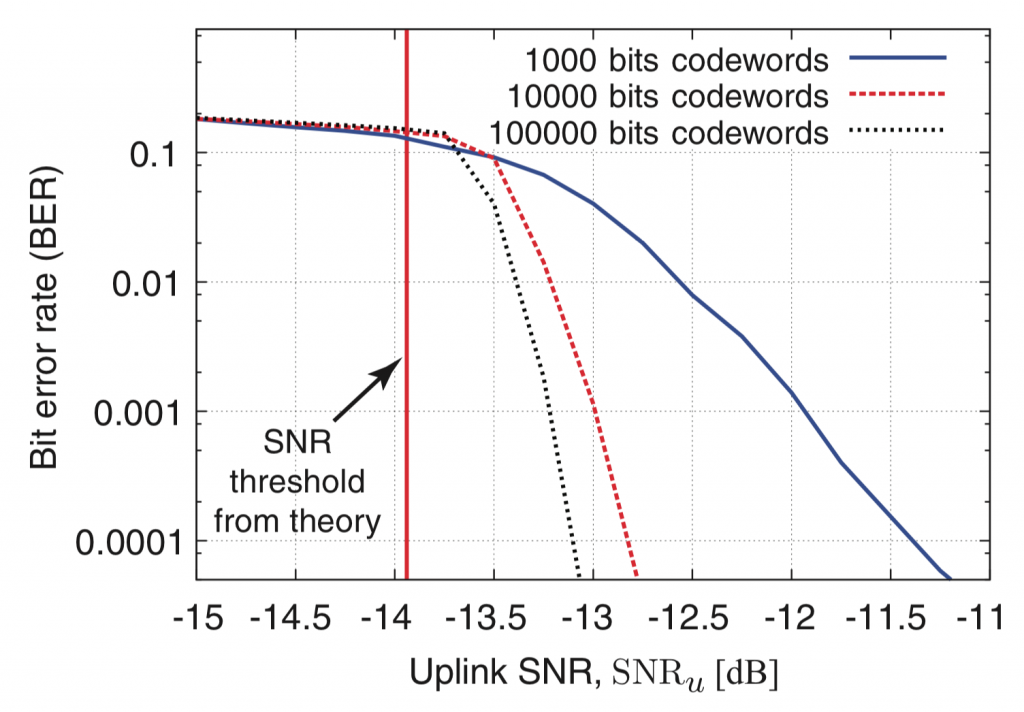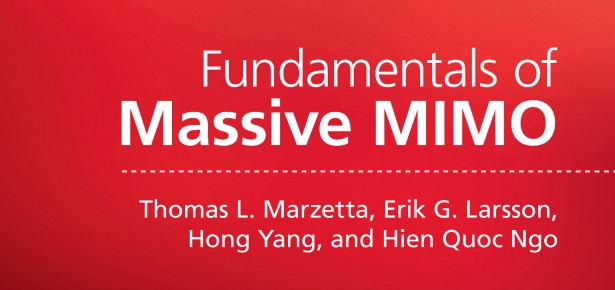Our 2014 massive MIMO tutorial paper won the IEEE ComSoc best tutorial paper award this year. The idea when writing that paper was to summarize the state of the technology, and to point out research directions that were relevant (at that time). It is of course, reassuring to see that many of those research directions evolved into entire sub-fields themselves in our community. Naturally, in the envisioning of these directions I also made some speculations.
It looks to me now that two of these speculations were wrong:
- First, “Massive MIMO increases the robustness against both unintended man-made interference and intentional jamming.” This is only true with some qualifiers, or possibly not true at all. (Actually I don’t really know, and I don’t think it is known for sure. It seems that this question remains a rather pertinent research direction for anyone interested in physical layer security and MIMO.) Subsequent research by others showed that Massive MIMO can be extraordinarily susceptible to attacks on the pilot channels, revealing an important, fundamental vulnerability at least if standard pilot-based channel estimation is used and no excess dimensions are “wasted” on interference suppression or detection. Basically this pilot channel attack exploits the so-called pilot contamination phenomenon, “hijacking” the reciprocity-based beamforming mechanism.
- Second, “In a way, massive MIMO relies on the law of large numbers to make sure that noise, fading, and hardware imperfections average out when signals from a large number of antennas are combined in the air.” This is not generally true, except for in-band distortion and with many simultaneously multiplexed users and frequency selective Rayleigh fading. In general the distortion that results from hardware imperfections is correlated among the antennas. In the special case of line-of-sight with a single terminal, an important basic reference case, the distortion is identical (up to a phase shift) at all antennas, hence resulting in a rank-one transmission: the distortion is beamformed in the same direction as the signal of interest and hardware imperfections do not “average out” at all.
This is particularly serious for out-band effects. Readers interested in a thorough mathematical treatment may consult my student’s recent Ph.D. dissertation.
Have you found any more? Let me know. The knowledge in the field continues to evolve.


